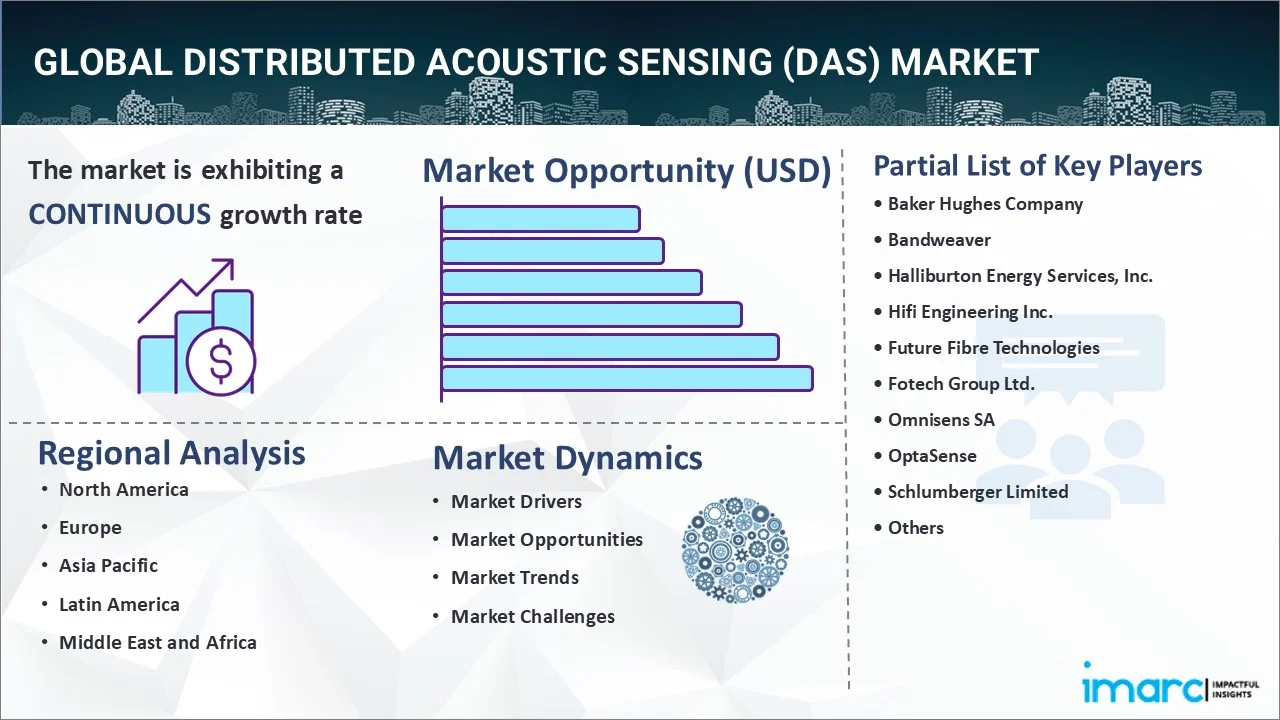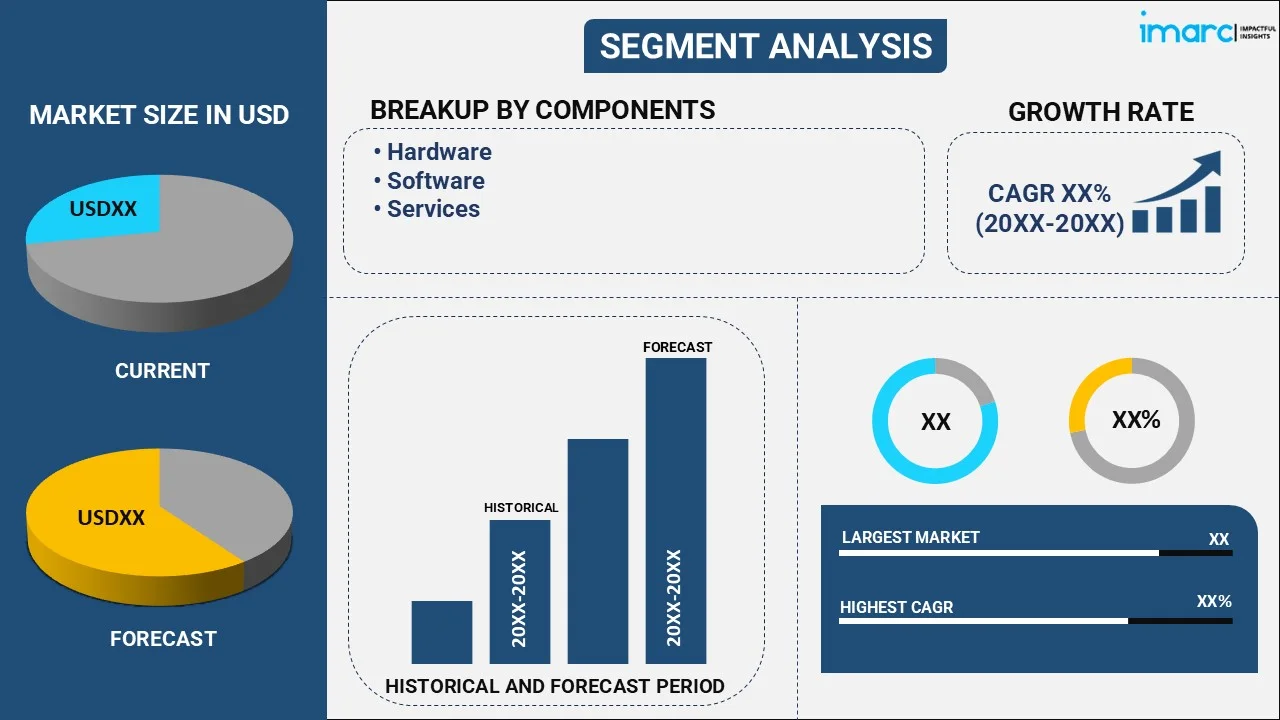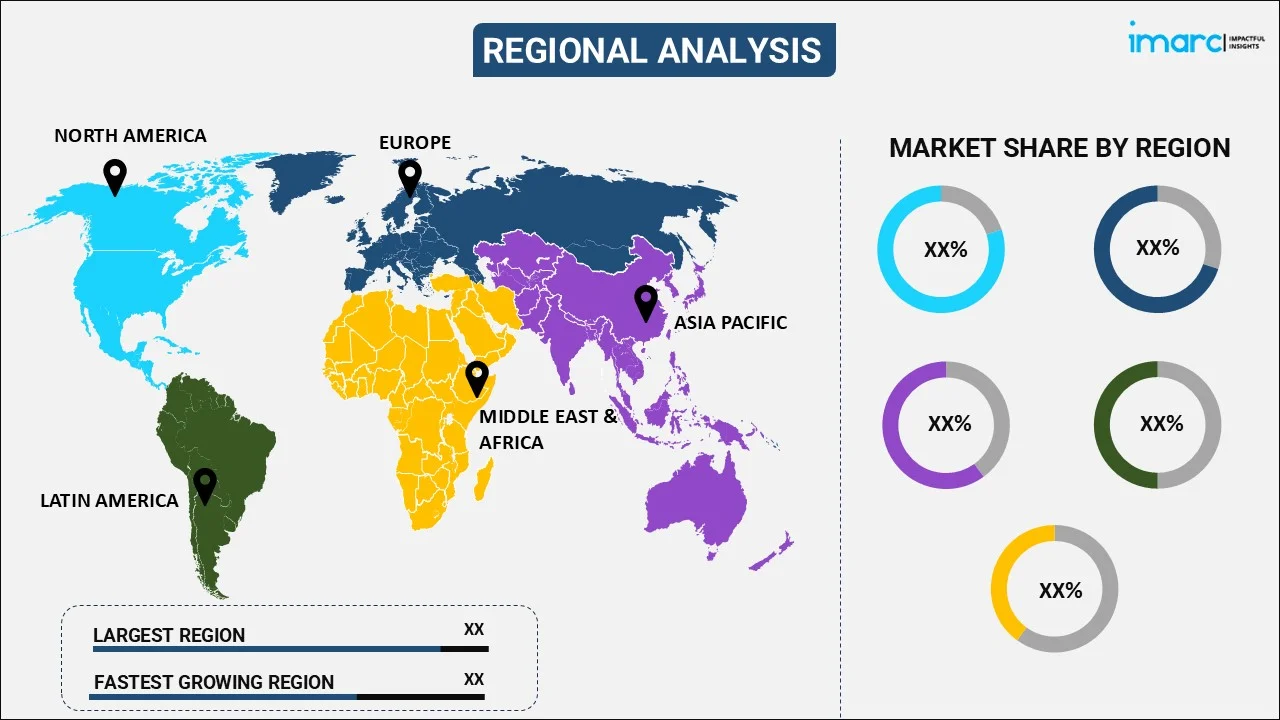
Distributed Acoustic Sensing (DAS) Market Report by Component (Hardware, Software, Services), Fiber Type (Single-Mode Fiber, Multi-Mode Fiber), End Use Industry (Oil and Gas, Defense, Infrastructure, Transportation, and Others), and Region 2025-2033
Report Overview:
The global distributed acoustic sensing (DAS) market size reached USD 684.6 Million in 2024. Looking forward, IMARC Group expects the market to reach USD 1,540.2 Million by 2033, exhibiting a growth rate (CAGR) of 8.96% during 2025-2033.
|
Report Attribute
|
Key Statistics
|
|---|---|
|
Base Year
|
2024
|
|
Forecast Years
|
2025-2033
|
|
Historical Years
|
2019-2024
|
|
Market Size in 2024
|
USD 684.6 Million |
|
Market Forecast in 2033
|
USD 1,540.2 Million |
| Market Growth Rate (2025-2033) | 8.96% |
The distributed acoustic sensing (DAS) system refers to an adaptable fiber optic technology that consists of an optoelectronic instrument to measure acoustic interactions. The instruments detect vibrations and capture acoustic energy along the optical fiber. It is primarily used for monitoring the vibrations generated by hot-tapping pipelines, leaks, moving automobiles and failing mechanical components during industrial operations. This aids in detecting, classifying and accurately locating the site of vibrations or defects. In comparison to the traditionally used methods, DAS systems do not require discrete sensors and additional transducers, owing to which, they find extensive applications across various industries.

Significant growth in the transportation industry across the globe is one of the key factors creating a positive outlook for the market. DAS systems are widely used for analyzing the speed and density of traffic and predicting possible disruptions on the roads. Furthermore, they are also used for detecting physical changes in objects over long distances and are highly efficient in harsh environments. As a result, DAS systems are employed in the oil and gas industry for determining properties and characteristics of flow in different pipelines near the wellbores. Various technological advancements, such as the development of improved quantitative data analysis systems that offer higher processing speeds for data interpretation, are acting as other growth-inducing factors. The increasing utilization of DAS systems in the energy and power sector for efficient transmission and distribution, and in the military and defense sector for enhanced border surveillance are some of the other factors that are expected to drive the market further.
Key Market Segmentation:
IMARC Group provides an analysis of the key trends in each sub-segment of the global distributed acoustic sensing (DAS) market report, along with forecasts at the global, regional and country level from 2025-2033. Our report has categorized the market based on component, fiber type and end use industry.
Breakup by Component:

- Hardware
- Software
- Services
Breakup by Fiber Type:
- Single-Mode Fiber
- Multi-Mode Fiber
Breakup by End Use Industry:
- Oil and Gas
- Defense
- Infrastructure
- Transportation
- Others
Breakup by Region:

- North America
- United States
- Canada
- Asia Pacific
- China
- Japan
- India
- South Korea
- Australia
- Indonesia
- Others
- Europe
- Germany
- France
- United Kingdom
- Italy
- Spain
- Russia
- Others
- Latin America
- Brazil
- Mexico
- Others
- Middle East and Africa
Competitive Landscape:
The report has also analysed the competitive landscape of the market with some of the key players being Baker Hughes Company, Bandweaver, Halliburton Energy Services,Inc., Hifi Engineering Inc., Future Fibre Technologies, Fotech Group Ltd., Omnisens SA, OptaSense, Schlumberger Limited, Silixa Ltd and Ziebel.
Report Coverage:
| Report Features | Details |
|---|---|
| Base Year of the Analysis | 2024 |
| Historical Period | 2019-2024 |
| Forecast Period | 2025-2033 |
| Units | Million USD |
| Segment Coverage | Component, Fiber Type, End Use Industry, Region |
| Region Covered | Asia Pacific, Europe, North America, Latin America, Middle East and Africa |
| Countries Covered | United States, Canada, Germany, France, United Kingdom, Italy, Spain, Russia, China, Japan, India, South Korea, Australia, Indonesia, Brazil, Mexico |
| Companies Covered | Baker Hughes Company, Bandweaver, Halliburton Energy Services, Inc., Hifi Engineering Inc., Future Fibre Technologies, Fotech Group Ltd., Omnisens SA, OptaSense, Schlumberger Limited, Silixa Ltd and Ziebel |
| Customization Scope | 10% Free Customization |
| Post-Sale Analyst Support | 10-12 Weeks |
| Delivery Format | PDF and Excel through Email (We can also provide the editable version of the report in PPT/Word format on special request) |
Key Questions Answered in This Report
The global distributed acoustic sensing (DAS) market was valued at USD 684.6 Million in 2024.
We expect the global distributed acoustic sensing (DAS) market to exhibit a CAGR of 8.96% during 2025-2033.
The rising utilization of distributed acoustic sensing (DAS) systems, as they aid in detecting, classifying, and accurately locating the site of vibrations or defects, is primarily driving the global distributed acoustic sensing (DAS) market.
The sudden outbreak of the COVID-19 pandemic had led to the implementation of stringent lockdown regulations across several nations, resulting in the temporary closure of numerous end-use industries for distributed acoustic sensing (DAS).
Based on the component, the global distributed acoustic sensing (DAS) market can be segmented into hardware, software, and services. Currently, hardware holds the majority of the total market share.
Based on the fiber type, the global distributed acoustic sensing (DAS) market has been divided into single-mode fiber and multi-mode fiber, where single-mode fiber currently exhibits a clear dominance in the market.
Based on the end use industry, the global distributed acoustic sensing (DAS) market can be categorized into oil and gas, defense, infrastructure, transportation, and others. Among these, oil and gas accounts for the largest market share.
On a regional level, the market has been classified into North America, Asia Pacific, Europe, Latin America, and Middle East and Africa, where North America currently dominates the global market.
Some of the major players in the global distributed acoustic sensing (DAS) market include Baker Hughes Company, Bandweaver, Halliburton Energy Services, Inc., Hifi Engineering Inc., Future Fibre Technologies, Fotech Group Ltd., Omnisens SA, OptaSense, Schlumberger Limited, Silixa Ltd, and Ziebel.
Need more help?
- Speak to our experienced analysts for insights on the current market scenarios.
- Include additional segments and countries to customize the report as per your requirement.
- Gain an unparalleled competitive advantage in your domain by understanding how to utilize the report and positively impacting your operations and revenue.
- For further assistance, please connect with our analysts.
 Inquire Before Buying
Inquire Before Buying
 Speak to an Analyst
Speak to an Analyst
 Request Brochure
Request Brochure
 Request Customization
Request Customization




.webp)




.webp)












